Mountain bike clubs are in a bit of a renaissance right now. IMBA is changing, advocacy is growing, and local membership models are adapting.
The mountain bike association that started out as a local group of advocates fighting for local land managers to even allow bicycles on foot-use trails in the 1970s is now the same association teaching local clubs how to build a sustainable flow trails and lobbying in DC for more trail funds.
Organizations are finding that what works best for them is a model specific to their own needs, without an overhead that serves the needs of others that face completely different challenges.
Tom Stuessy started to attend Vermont Mountain Bike Association (VMBA) meetings in 2012 after the former executive director left. He had experience in non-profits as an associate executive director at the Wilderness Education Association and was confident he could lend some good ideas.
Stuessy thought about ways to bring Vermont mountain bike chapters together, since they were independent chapters at the time.
“I started to speak up at meetings and make suggestions that people liked,” said Stuessy.

After a little while, he went to the VMBA board members and told them he’d like to take over. He could find new grants and funding and bring some fresh air to VMBA. It seemed like if there was a center point to unite the independent chapters, real growth could happen.
VMBA quickly changed directions with Stuessy at the wheel, and in 2014 they launched a brand new membership model where members sign up through a local, town-based chapter while VMBA, headquartered in Burlington, would handle the administrative aspects without IMBA or any other higher power. VMBA members could even purchase memberships for additional chapters for half of the price of their primary membership.
“As IMBA has evolved, statewide organizations are more attainable. People are learning that they can do it themselves,” says Stuessy.
And VMBA has been doing it by themselves quite successfully. Over the past five years a hundred new miles of brown ribbon singletrack has been built on the rolling, green hills of Vermont.
The VMBA model has empowered each local chapter to take digging into their own hands. Strong chapters in Waterbury, Stowe, the Mad River Valley, and throughout the whole state have been busy building varied singletrack. Some of it is mellow and smooth, some progressive and flowy, and there’s still plenty of rough and rooty East Coast technical riding.
“I didn’t know at the time that it was particularly innovative, and didn’t realize that no one else was doing it,” says Stuessy.
The VMBA statewide model is much like what the IMBA Local model is now, but it might be better said that the IMBA Local model is now what VMBA has been like for a few years.

When a new member signs up for a $49 membership through a town chapter in Vermont, the chapter directly receives half and VMBA gets half for administrative fees. But Stuessy is quick to remind riders that VMBA doesn’t really take half in the long run.
A portion of the $24.50 that VMBA receives goes to directly-associated fees with the chapter, membership materials, insurance, and use of the software platform. At least half of the $24.50 that VMBA receives goes toward a trail grant that all VMBA chapters can apply for each year. For 2018, $127,000 from the trail grant pot was paid out to VMBA chapters, according to Stuessy.
Nine different clubs and trail projects were awarded in 2017 with amounts ranging from $1,500 to $15,000. The $15,000 grant was awarded to the Velomont trail project, which will connect Killington to Stowe with 70% singletrack and a hut system.
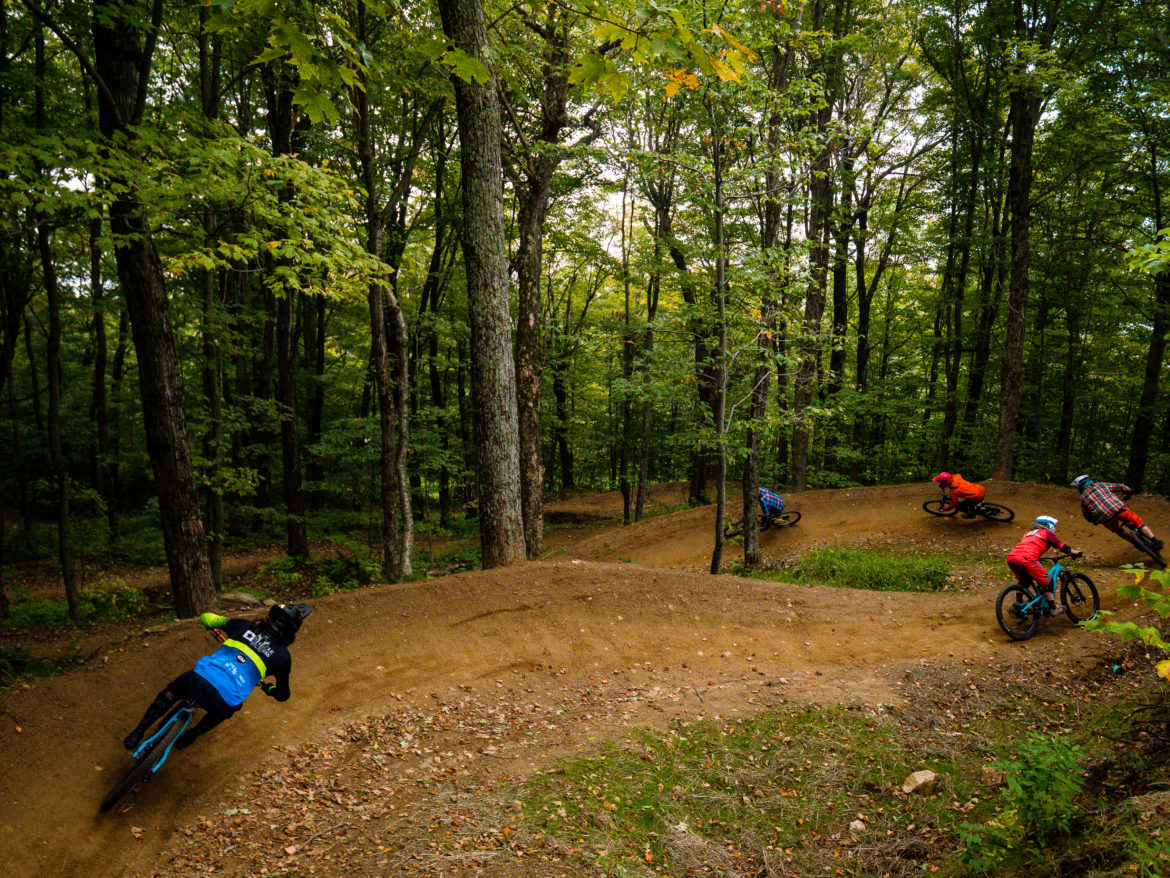
With an overwhelming amount of Vermont designated as private land, building connected, long distance singletrack isn’t easy, but VMBA has been building positive relationships with private land owners and farmers across the state. Kingdom Trails is a shining example of this effort, although private land and great trails aren’t unique to the Kingdom Trails.
Limited liability laws help ease private landowners’ concerns in Vermont. If a trail user is injured on private land, the land owner can’t be held liable. But really, the cooperative effort that runs through Vermont’s industry culture has made everything easier.
“More than 70% of mountain bike trails [in Vermont] are on private land. The likelihood of that being farm land is pretty high,” explains Danielle Poirier of Cabot Cheese, the co-operative dairy farming institution with farms across the New England area.

Cabot officially partnered with VMBA in 2017. This year, they’ve helped VMBA update its branding and website and they continue to search for different ways to benefit both organizations.
The partnership falls under the Vermont Outdoor Innovation Coalition (VOICe). VOICe sets up outdoor-minded business with VMBA to trade benefits. VMBA benefits from a businesses expertise, like technology or marketing, and the business gets a say in VMBA’s development and trail direction. For Cabot, they got to name trails on private land after a local farmer.
Cabot and VMBA hold very similar values in that the goal is always to return the profit to the point of origin, whether it is money back in a farmer’s pocket, or trail to ride for a family of mountain bikers.
“VMBA and the chapters, their model is largely successful because of the volunteers,” says Poirier. “Those trail days wouldn’t happen without them.”
On average, VMBA gets about 35,000 volunteer hours per year, which are divided between maintaining trails and building new trails.

John Atkinson, the executive director of the Mad River Riders chapter, a VMBA chapter near Sugarbush, knows exactly why they’ve been able to get so many miles of new trails approved and built around Mad River Valley and beyond. Beginner and intermediate trails have a lot to do with it.
“Picture the organization seven years ago,” says Atkinson. He starts to list off newly built singletrack, flow trails, and climbing trails that have made the area more accessible to everyone.
“We didn’t have Evolution, we didn’t have Revolution, we didn’t have Blueberry Lake. We had 35 members. Now, we have 350. Every time we put a grant in, we’re asked who it’s going to serve.” With beginner and intermediate trails, “we can say this is going to serve a huge variety of people, from two to 80 [years old].”
[see_also id=’248892′]
Atkinson hears complaints from local riders in the community that the chapter isn’t building anything challenging, but Atkinson says that the new trails were added to an already advanced network.
“Now we have stuff that actually serves our community,” he says.
The evidence that it’s working in Vermont has been enough to inspire Michigan to change their mountain bike organization model and follow VMBA.
After the loss of funding from Subaru in 2017, Melissa Werkman was laid off from her position with IMBA as a regional director in the Great Lakes region. She was also serving the Michigan Mountain Bike Alliance (MMBA), which retained Werkman after her layoff.
“A lot of chapters then started questioning the value of their membership,” says Werkman. Some chapters in the MMBA ended their relationship with IMBA and some kept it, as there haven’t been a lot of examples of what’s possible without IMBA.
MMBA made a few unsuccessful attempts at variations on Vermont’s model, but Werkman decided that it was best to adopt it completely, and have the IMBA-focused clubs stay on as affiliate chapters. It made it easier to form one voice that could progress and move forward the same way Vermont has.
“It made a lot of sense in terms of advocacy,” she says. “A lot of our trail decisions are made at the state level.” Werkman still sees the benefit for IMBA, but more as a partner, with IMBA acting at a national level.
“IMBA knows how to build trail and they know national advocacy. I think we all see this as a continuum.”
Although the plan is new to Michigan, Werkman seems confident that it’ll work in their favor, based on what Vermont has accomplished so far.
“I can’t stress enough how closely people are watching Vermont,” she says. “Seeing the excitement there, it’s pretty [unlikely] that we wouldn’t see similar growth and opportunity.”

VMBA moved to a bigger office in September. Before, the three staff members were crammed into a small room and talked over each other during phone calls, many of which were with other mountain bike organizations wanting to understand how VMBA has been able to build miles and miles of new trail and record membership numbers.
“It’s not perfect. We’re learning a ton,” says Stuessy. But, so far they’ve surprised Vermonters, and other mountain bike organizations across the country with what they’re capable of when advocacy becomes more centralized, focused, and keeps membership dollars local.
“VMBA is the perfect example of the bumblebee that didn’t know it could fly,” he says.












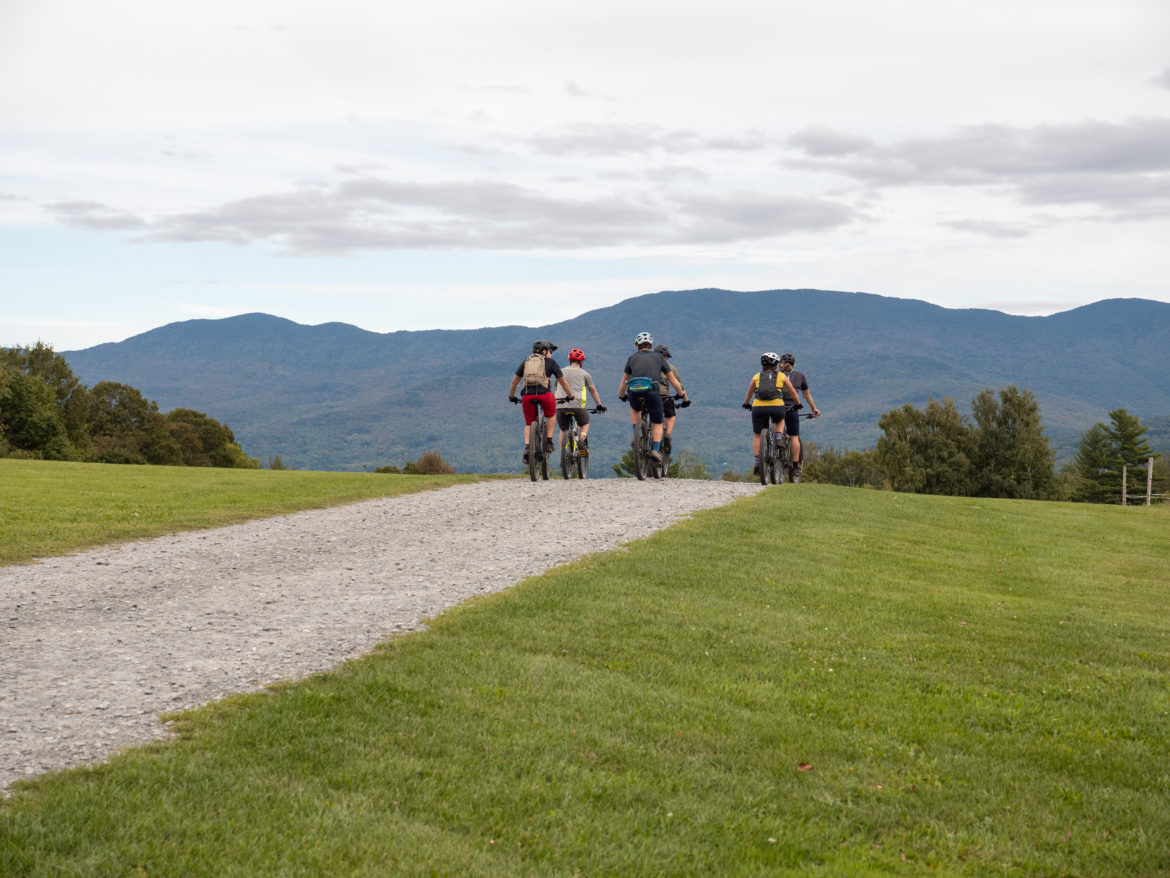


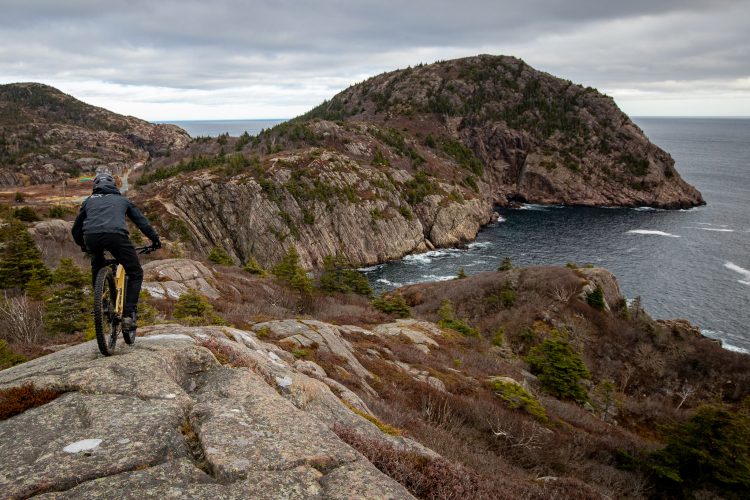
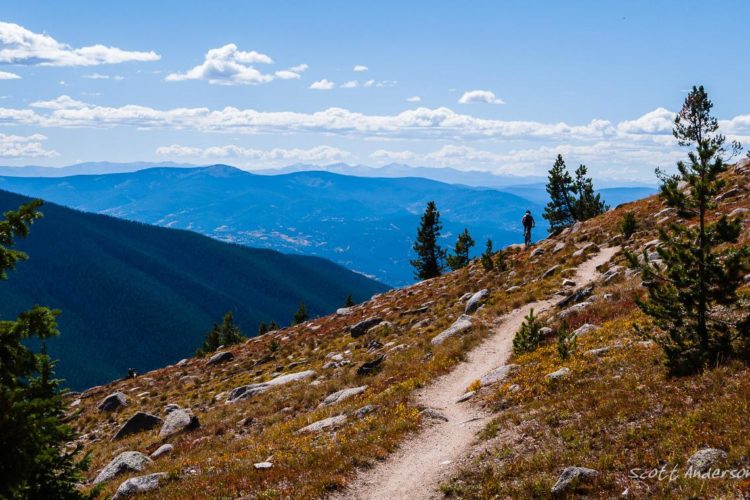

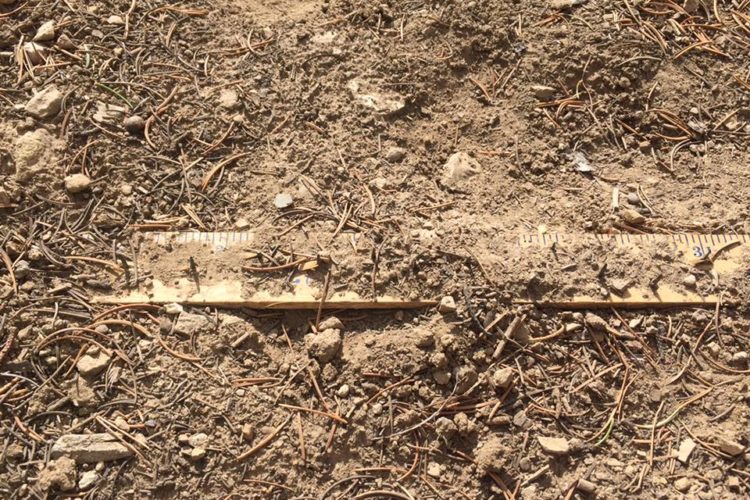


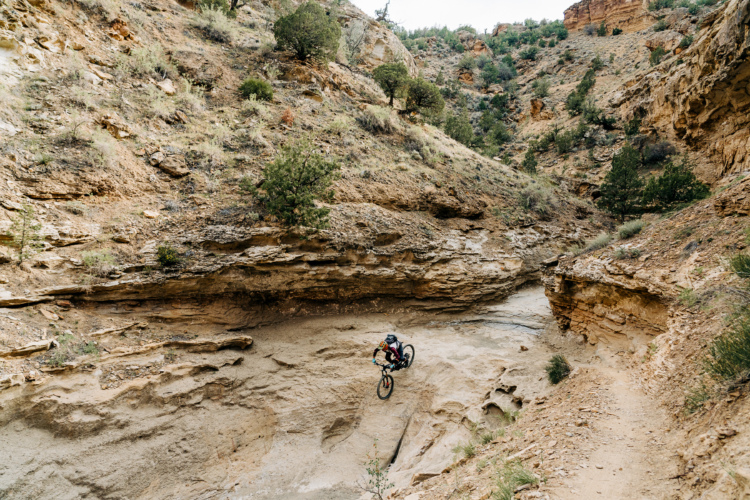


3 Comments
Dec 12, 2018
If only that chapter's 350 members knew director Atkinson draws a salary nearly double what membership dollars bring in, even if VMBA weren't taking half off the top, perhaps there'd be less blind allegiance.
More trails ? better trails.
Dec 11, 2018
Dec 11, 2018